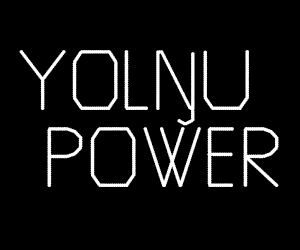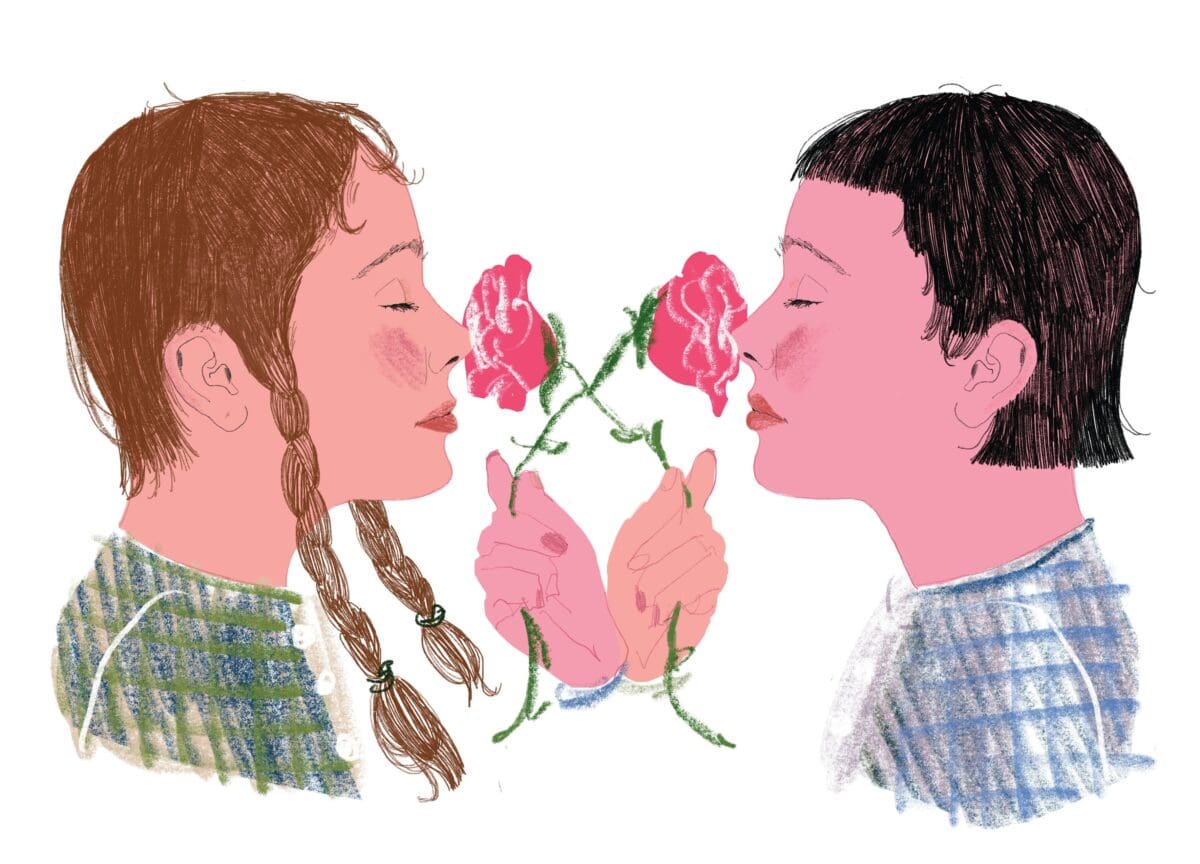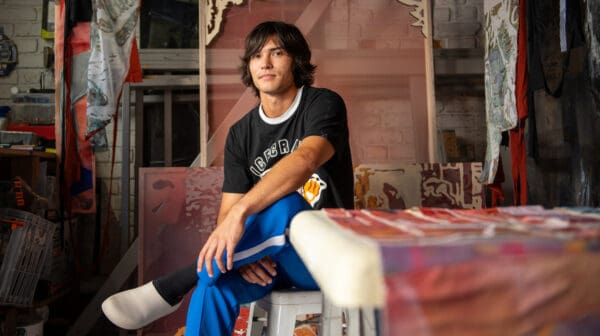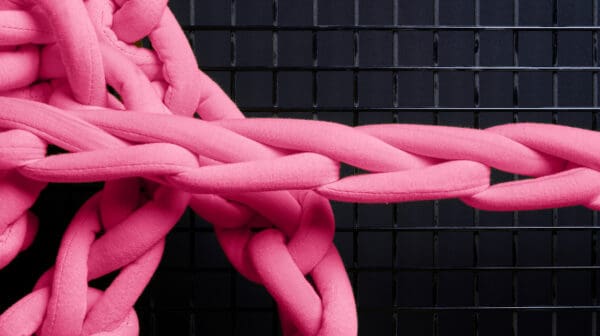When we talk about arts funding, we tend to look back fondly, nostalgically, to the time of Gough Whitlam, who advanced the national arts approach begun by John Gorton’s Liberal government several years prior. Throughout the 1970s, Whitlam created various national arts, film and media institutions to extend the vision of art for the public good, and made those working in the arts feel dignified for what they gave to others with their intangible abilities.
A key tenet of Commonwealth arts policy from 1972 to 1975 was that the newly created Australia Council for the Arts should “foster the expression of a national identity by means of the arts”. This still permeates the essence of arts funding: the foremost rationale in Revive, the Labour Government’s recently revealed new arts policy, is to ensure “Australian stories are seen and heard”. It’s overlaid with an unclear mix of principles about entrepreneurialism, philanthropy and artists’ rights as workers. The intention is progressive. But sometimes it feels as though we’ve hardly evolved from those Whitlam days of utilising art for the nation-state.
“Perhaps Australian arts will never be able to tell a coherent story about this country. Nor should it even try.”
Some current policy ideas are inherited from an age before globalised capitalism, and others borrow heavily from the neoliberal concept of the ‘creative industries’, which instrumentalises art within economic activities like fashion, software, gaming and design—congruent with the economic liberalisation of Australian society since the 1980s.
Perhaps Australian arts will never be able to tell a coherent story about this country. Nor should it even try. What remains is a fragmented history: the vexatious founding of penal colonies on unceded Indigenous territories, a failure to decolonise, Australia’s federation, and the eventual replacement of the United Kingdom with the United States as the major political ally. Australia never made a clean break with the coloniser, only a gradual slide into a blurry ‘Australianness’.
Over half of Australia’s inhabitants are either born overseas or have a parent born elsewhere. The biggest trading partner is China, yet the country retains the Union Jack on its flag and an octogenarian monarch as head of state. Modern Australia remains shaped by its previously labourist model of social protection for white male workers (in now-weakened unions), but with equally strong racial exclusion and unpaid, gendered domestic labour. Defined by a refusal to reckon with Indigenous sovereignty and the genocidal abuses of First Nations people, Australia has a peculiar history on which to impose a coherent national identity via artistic activity.
How many practising artists really want to strengthen national identity? Does any child look into their future and say they want to be an artist for nation-building and myth-making purposes? That’s for politicians, not artists. Many artists and arts workers find nationalistic motivations for arts support to be irrelevant at best and repugnant at worst. Many, myself included, hold dual citizenship. Millions of us are living transnational lives. Citizenship continues to evolve in this way.
“In the Republic of Ireland, for instance, cultural policy aligns with the European Union’s principles of support for creativity, participation in cultural life and cultural rights. It’s transnational.”
We now find ourselves, globally, in an era where nationalism and protectionism have taken on deeply negative connotations. The shift is also generational; the gloss has come off the idea that nationalism in any guise can be progressive.
What if we related to Whitlam’s idea of national identity critically rather than wistfully? Engagement with place and connection to land are powerful forces in art on this continent, but they can be separated from (even progressive versions of) nationalism and national ideology—they can enliven a deep form of community and localism, for instance. Internationalism and the living links of ancestry are other powerful forces, too.
“But our human needs and desires are more complex than bread can nourish. Not only do we want bread for everyone, but we want access to nature, beauty, pleasure, culture, leisure, and loveliness in everyday life.”
In the Republic of Ireland, for instance, cultural policy aligns with the European Union’s principles of support for creativity, participation in cultural life and cultural rights. It’s transnational. Granting all citizens access to the art of now, by way of their cultural birthright, synchronises with an outward-looking, progressive and modern society. As a proposition for why we fund the arts, this makes more sense than imposing an idealised vision of “who we are”. The Irish approach should resonate with Australia: both places once regarded art as ill-afforded luxuries or relics of British colonial rule.
I often think of the phrase “bread and roses”, which came from early suffragettes who promised that if women were empowered, then bread and roses for all would follow. In three words, it still offers a radical, subtle and joyful brief for why art requires serious and sustained government support. Conventional labour and social movements have campaigned for life’s basics: food, shelter, security, work, suffrage, citizenship. Bread, in a word.
But our human needs and desires are more complex than bread can nourish. Not only do we want bread for everyone, but we want access to nature, beauty, pleasure, culture, leisure, and loveliness in everyday life. Roses, in a word. We need bread and roses, for dignity and fullness. For individuality, too. We can get by on much the same types of ‘bread’, but art affords us something more intimate. My artistic desires and dreams differ from yours: roses stand for freedom and privacy in that respect. They are equal to bread. This idea might seem utopian, but it befits the provision of cultural rights for all.
Bordered and backward, the nation-state is a transient, historically recent, abnormal political form. It’s innately exclusionary, based on defining a foreign other. It’s time to let go of that idea. Bread and roses are fundamental for the type of public I would like to live in. Culture, nature and pleasure are civic needs, anchored in a human rights framework, and the right to create and access art is the heartbeat of that offering of communal luxury.









